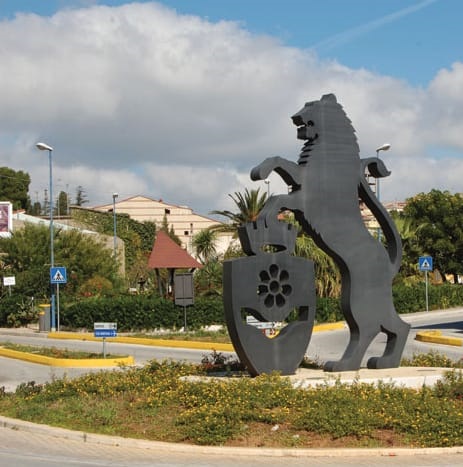Italian Style may be a virtual ‘Made in Italy’
Let us stop the hypocrisy about Italian made goods and build Italian Style!
Anyone with a little curiosity can go and buy a book on brand counterfeiting or read on the internet how large and small companies attempt to confuse consumers.
If you go into any supermarket in the world you can find low cost Parmigiano (typical Italian cheese for crumbling onto pasta). Unfortunately on the label Parmesan is written (which seems more English) and it is not produced in Italy. But the packaging recalls the colours of the Italian flag: green, white and red. In fact, for the curious, we can inform that the pizza Margherita is so named in honour of the Italian flag: from the time when the queen's name was Margherita.
Then, how do we want to protect our Italian heritage, our Italian style and our being? To close all the supermarkets in the world? Impossible.
Many of our name brands are actively involved in this ‘counterfeit’. Most people are now aware of the involvement of fashion brands in ‘geographic’ counterfeiting. They are in symbiosis: the big brands often pay manufacturers with fabrics that they are then "allowed" to turn into clothing. The same clothes that bear the brands of the great fashion/couturier companies. And of course there are real fake watches – a 'spitting' image of the real ‘non-fake’ watches – with real fake warranties.
Maybe it's time to think differently to break loose and examine what we really want!
Counterfeiting and piracy will be fought by the forces of justice (where it is not being promoted by the ‘name brand’). One approach is to think how we can take advantage of the fact that people still want to feel Italian, for instance, "eat Italian". The secret is to live the experience of "Italian Style" people wherever they may be!
Through communal respect of the roles of quality, origin and artistic input we can transform a single product into a style and then into an experience!
We can use art and culture in the kitchen to explain the difference. People who have had the experience of a true Italian Style in a (not a real fake) restaurant with fresh, not canned, ingredients cooked with care and joy, which they can eat with five senses, are more likely to prefer to buy DOC products and will want to come to enjoy the experience of eating in Italy.
A similar trend is happening in the fashion industries. The big brands - who open their shops and atelier in China or in other emerging countries – do not just sell products. They sell the experience of recreating a totally charming atmosphere.
The same thing can happen in the technology field. From cars to renewable technologies. Style is what can differentiate these products. Each country has its own style and this is recognizable. We understand what cheap style is, now we need to engage ourselves in what "class" is! Classic products have a certain immortality and life of their own that draws people to them.
Letus look at the analogy of the environment. A secret for the environmental challenge is to not try to solve the problem of energy production with one product but to talk about sustainable lifestyle. A sustainable house is made by several different products that must have class and soul that combine in harmony for stylish and sustainable living.
Of course we could just have a zero emission house, but maybe we don’t feel comfortable to live in that house!
This philosophical approach was applied to renewable energy and energy efficiency in a way that represents the very essence of Italian spirit. Italian style, which is at the heart of craftsmen who create great technological works of art – whether in fashion or luxury sports cars – is not often found in great conglomerates, but more often in SME’s – and this is the basis for Energitismo.
To generate products that have true style, quality and a soul. In Italy, that is Italian Style.









Follow us